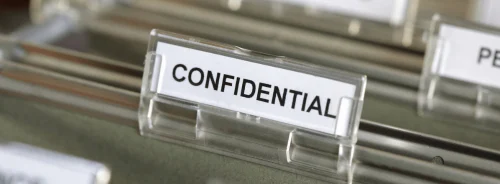HealthManagement, Volume 1 / Issue 3 Autumn 2006
The Main Decision-Making Body of the EU
This is the third part in a series that covers the structure and operations of the EU institutions. In the first part of the series (Spring 2006), we introduced the European Commission (EC).
In the second part (Summer 2006) we focused on the European Parliament – its composition, functioning and main role. In this issue, we cover the role of the Council of the European Union, the main decisionmaking body of the EU.
The Council has the primary role in agreeing legislation – in most cases together with the European Parliament. Sonja Planitzer describes the key responsibilities of the Council, its functioning and organisation.
The final part in this series, to be published inWinter 2006, will cover the European Court of Justice.
The Key Role of the
Council
The European Parliament as well as the Council of the European Union were set up by the founding treaties in the 1950s.The Council of the EU is the main decision-making body. It represents the member states, and its meetings are attended by one minister from each of the EU´s national governments.
The Council of the EU has the main role in agreeing legislation, although in recent years this has been shared more and more with the Parliament under the co-decision procedure.When the Council acts as a legislator, in principle it is the European Commission that makes proposals. The Council can then modify the proposals before adopting them.
The Council consists of one government minister from each Member State. Although there is just one Council, different groups
of ministers meet depending on what topic is being discussed at the weekly meeting. Each minister is empowered to commit his or her government and is accountable to their own national parliaments for decisions taken in the Council.
The Nine Council
Configurations
Depending on the matter under discussion, the Council meets in different configurations, within which each country is represented by the minister responsible for that subject. If the Council, for example, is to discuss environmental issues, the meeting will be attended by the environment minister from each country and it will be known as the “Environment Council”. The nine Council configurations are illustrated in Figure 1.
Each minister in the Council is empowered to commit his or her government. That means the minister´s signature is the signature of the whole government. Moreover, eachminister in the Council is answerable to his or her national parliament and to the citizens that parliament represents, which ensures the democratic legitimacy of the Council´s decisions.
Six Key
Responsibilities of the Council
The Council has six key responsibilities, as outlined in Figure 2. Most of these responsibilities relate to the “Community” domain – for example: areas of action where the member states have decided to pool their sovereignty and delegate decision- making powers to the EU institutions.This domain is known as the first “pillar” of the European Union.
However, the last two responsibilities relate largely to areas in which the Member States have not delegated their powers but are simply working together. This is called, “intergovernmental cooperation” and it covers the second and third “pillars” of the European Union.
Six Key Responsibilities
+ To pass European laws. As above-mentioned the Council legislates jointly with the European Parliament,
+ To coordinate the broad economic policies of the member states.This coordination is carried out by the economic and finance ministers, who collectively form the ECOFIN Council,
+ To conclude international agreements between the EU and one or more states or international organisations,
+ To approve the EU budget, jointly with the European Parliament,
+ To develop the EU Common Foreign and Security Policy (CFSP), and
+ To coordinate cooperation between the national courts and police forces in criminal matters.
The Nine Council Configurations
+ General Affairs and External Relations,
+ Economic and Financial Affairs (ECOFIN),
+ Justice and Home Affairs (JHA),
+ Employment, Social Policy, Health and Consumer Affairs,
+ Competitiveness (Internal Market, Industry and Research),
+ Transport, Telecommunications and Energy,
+ Agriculture and Fisheries,
+ Environment, and
+ Education,Youth and Culture.





